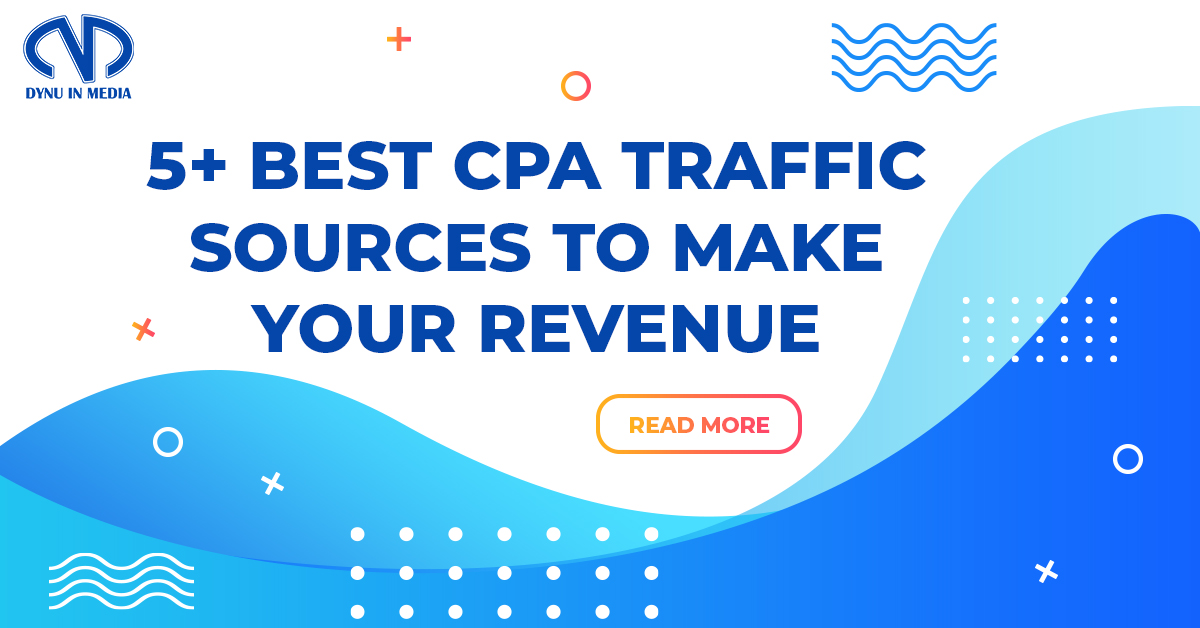Postback URL in Affiliate Marketing: The Basics For Publishers
If you’re an affiliate marketer, you may have heard the term postback URL thrown around. But what exactly is it and how does it work? In this blog, Dynu In Media will explore the ins and outs of postback URLs, their importance in affiliate marketing, and how to set them up. Scroll down to learn more!

What Is A Postback URL? Why Is It Important?
Simply put, a postback URL is a URL that is used to send conversion data back to an affiliate network or advertiser. When a user performs a desired action, such as making a purchase, the conversion data is sent to the postback URL, which then records the conversion and attributes it to the appropriate affiliate.
Postback URLs are important in affiliate marketing, especially affiliate ads because they allow for accurate tracking and reporting of conversions. Without postback tracking, affiliates would have no way of knowing which of their efforts led to a conversion. This makes it difficult to optimize their campaigns for better results.
A postback URL example might look something like this:
http:/domain.com/postback?offer_id=1234&transaction_id=abc123&affiliate_id=5678
where:
- domain.com is your tracking domain.
- offer_id, transaction_id, and affiliate_id are tracking parameters that pass values.
- 1234, abc123&, and 5678 are examples of tokens’ values as soon as the link is activated by the affiliate network platform.
- “?” separates the primary part of the URL from the tracking parameters.
- “&” separates tracking parameters from each other.
Note that there are various choices of parameters, varying depending on the affiliate network and the tracking software you use. In the example above, the postback URL includes tracking parameters such as the offer ID, transaction ID, and affiliate ID.
However, the most common ones are the campaign ID, cid, and payout. Stay tuned! We’ll discuss them more in the next few sections.
How Does A PostBack URL Work?

The working process of a postback URL looks like this.
- Step 1: When a user clicks on an affiliate’s link and performs a desired action, a conversion is triggered.
- Step 2: They’re redirected to the merchant’s website or landing page and make a purchase.
- Step 3: The conversion data is then sent back to the tracking software via the postback URL to tell that the conversion came from a particular affiliate.
- Step 4: Finally, the tracking software activates a traffic source postback URL and reports the conversion to the traffic source. In the meantime, the postback URL contains a unique identifier for the affiliate, allowing the network or advertiser to attribute the conversion to the correct affiliate.
That’s it! By using postback URLs, affiliates can accurately track and optimize their campaigns.
Do You Need Postback Tracking As an Affiliate Marketer?
In short, yes. As an affiliate marketer, you may need postback tracking to know which of your efforts led to the conversion. That helps you know what’s going on with your current affiliate plans and gives you a hint on what to do next for better outcomes.
For example, you’re running various ad campaigns on an affiliate offer but also have no idea where the converted visitors mostly come from. It’s when postback tracking is essential. In fact, postback URLs track more than just the traffic source. It gives you a huge picture of the buying funnel so that you’ll be able to come up with more efficient marketing initiatives.
As you’re a publisher at Dynu In Media, you’re permitted to add postback URLs in our affiliate platform Has-offers. We’ll explain how to set up affiliate postbacks in this article as you continue reading.
Why Is A Postback URL Better Than A Tracking Pixel?

While tracking pixels are another common method of tracking conversions, postback URLs are generally considered to be more accurate. This is because tracking pixels rely on cookies, which can be deleted or blocked by users, leading to inaccurate reporting. Postback URLs, on the other hand, are server-to-server tracking, meaning that they are not affected by user behavior.
Also for affiliate networks and advertisers, tracking pixels are “cancer.” These codes can have negative impacts on their websites, slowing them down and destroying them if worst.
How To Set Up Affiliate Postbacks?
Setting up postback tracking will vary depending on the affiliate network or tracking platform you are using. However, in general, you will need to generate a unique postback URL for each affiliate and add it to your conversion tracking settings. You may also need to include tracking parameters in the URL to ensure that the conversion data is accurately attributed to the correct affiliate.
To configure a postback URL for affiliate marketing, follow these general steps:
- Generate a unique postback URL for each affiliate you are working with.
- Add the postback URL to your conversion tracking settings in your affiliate network or tracking platform.
- Include tracking parameters in the postback URL if necessary, such as campaign ID, cid, and placement ID.
- Test the postback URL to ensure that conversion data is being accurately tracked and attributed to the correct affiliate.
Tracking Parameters In A Postback URL

Tracking parameters are additional pieces of information that can be included in a postback URL to provide more detailed tracking data. Some common tracking parameters include the campaign ID, Cid, and payout. By including these parameters in the postback URL, affiliates can gain more insight into which of their efforts are driving conversions.
Here’s a quick explanation of what they mean.
- Campaign ID – this parameter sends the numeric ID of an advertising campaign. It is optional and helps track campaign performance.
- Cid – this parameter sends the unique click ID of a conversion. Postback tracking requires click ID to function.
- Payout – this parameter holds the revenue amount to be paid for a conversion. While optional, it is useful for affiliate marketers.
In conclusion, understanding the postback URL meaning is important because, as we always say, postback tracking is a crucial part of affiliate marketing. Most publishers on Dynu In Media’s affiliate platform use this type of tracking every day, and they’re on their way to making more sales with the right marketing decision based on the most reliable conversion data. Numbers don’t lie! It’s time you took every campaign to the next level and achieve greater success. Thanks for reading!









Comments are closed.